#now that correlates with the new influx of reviews huh
Explore tagged Tumblr posts
Text
Hello??? Was nobody gonna tell me there is this wonderful, gorgeous piece of heartwrenching art I am missing out on?
I am in love. This is so, so cute and heart breaking and just arghhh I need my Batman phase to come back badly. I am in loveeeee-
Dick being a fantastic family member and little Jay and I am dying from cuteness. Thank you, thank you, thank you for this amazing piece of art!


Inspired by Burning Ashes - The Rise of a Phoenix (by Dreaming_Writer)
Jason Feniks was born August 16, almost one and a half years after Jason Peter Todd-Wayne died.
And he remembered everything.
#reblog#fanart#dc#BATROAP#dreamer's talk#seriously was nobody gonna tell me about this treasure I'm missing out on TT#now that correlates with the new influx of reviews huh#*glares at my google docs*#sir please start writing yourself I wanna see that fic finished too#batsandbirdsandothers
2K notes
·
View notes
Text
Intro to blog & Nishika N9000 camera review

Hello everyone! Welcome to my very first blog post. I have big plans for this far-flung little corner of the internet: camera reviews, photo techniques, experiments in visual storytelling and more! Art, design, filmmaking, photography - all here. Let’s roll! (no pun or reference to 35mm film intended)
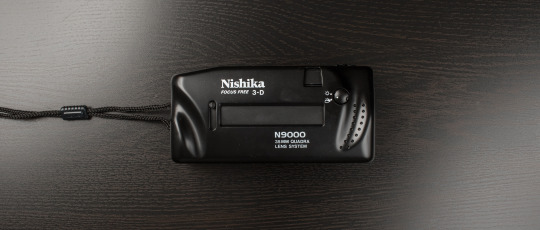
Intro
Today it’s all about photography - I’ll be taking a look at a rather obscure little imaging device - the Nishika N9000. A unique, highly specialized stereo camera that that takes 4 images at the same time from slightly different angles, which, when combined into an animation, create a miniature Matrix-like effect of the objects in the shot appearing three-dimensional. It’s a specialized camera and the only reason you use it is for its GIF-making capability. It is also a complete pain to use, totally unreliable and makes pictures of horrendous quality. Despite all this, it is a total blast and very fun. Read on to find out why.
This camera, along with the original Nimslo and the direct predecessor Nishika N8000 are responsible for the influx of countless animated GIFs on Tumblr, FFFFOUND! and other image blogs alike. I always found them a gleefully enjoyable exercise in lowbrow picture-making fun, something that could add real depth to the mood of a BTS, a casual project or just plain fun while hanging out. I denied these inner callings for a while until I stumbled upon @tkbmedia and finally bothered to look at the tags being used. “Nishika” it said. And here we are. Now, part of the reason I want to write about it is because its a genuinely fun little camera and the other part is because there is next to zero easily-digestible info online about this little plastic wonder, or even how it relates in quality and specs to its progenitor, the Nishika N8000.
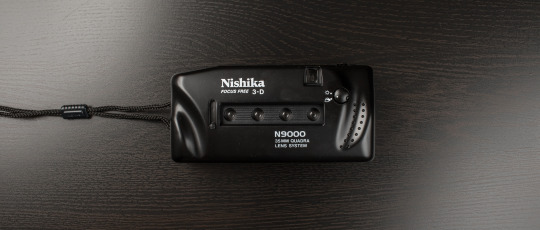
History
The first quad-lens stereo camera was the Nimslo. Designed in the US, the camera was made overseas has solid metal construction, electronically controlled shutter, high quality glass lens and is pretty compact as well. If you read between the lines, you figured $$$. Then came along the N8000, made by a different US company called Nishika, which some claim blatantly knocked off the design idea, made it much cheaper and marketed the living daylights out of it, promising the next big thing in photography. There is much history written about both these companies and why they fell from grace, but that’s not the goal of this review. Both these cameras were originally designed for lenticular mail-order printing where you would take the photos and send the roll in, getting back lenticular prints. In its waning days, Nishika learned on their design mistakes and made the N9000 camera, hoping to renew interest in the franchise, but by that time the infrastructure was starting to fall apart along with the public interest for these items. Nishika went out of business and the overstock was silently decaying in warehouses around the country for decades. Prices went down to near-free and, with the advent of the digital revolution, the camera started seeing a resurgence when experiment-happy photogs figured that these can be used for great artistic effect.
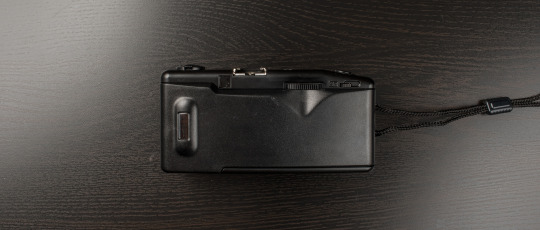
Unboxing & tech specs
Prices bordering in the $10-$20 made this novelty a no-brainer, so I splurged and received a sealed, new-in-box N9000 in the mail not long after. Was a lot of fun opening the package - the whole process resembled an unearthing of a time capsule from a prehistoric age. Best I could tell by the chintzy design and fonts used (I’m an art director by day, I pay attention to these things), my particular specimen was from the early 90’s. The N9000 is made, save from the hotshoe, entirely out of cheap, ready-to-break plastic. Even the lens are plastic. Relatively compact, looks and feels like a beefy, cheeseburger-binging point and shoot. Weighs next to nothing. Small size and weight is a plus for anyone that wants to travel and take multiple cameras for multiple shot types. This one doesn’t take up much space. Each press of the shutter creates 4 tiny half-frame images spread across two regular frames of 35mm film. A 36-exposure roll gets you around 18 shots give or take. A 24-exposure roll probably takes around 12, haven't tried. Has a closable lens cover. Aperture selector between F8 and F16. Button. Rewind button and knob. And winding gear, yes, the winding gear. Reason I want to focus on it is because I genuinely hate it so very much, from the bottom of my usually very accommodating and forgiving heart. They cheaped out and replaced the lever from the N8000 with a finely-sharpened flesh-shearing winding gear to advance each frame and wind the shutter. I can live with it, but I dread every time I have to advance frames. The shutter speed is a fixed 1/60 sec. Has a tripod socket, an unremovable strap, and, well, that’s pretty much it. No batteries. Surprisingly small amount of foam in the back door, so even with vintage, less likelihood of light leaks. Has a little sticker inside recommending 200 film outdoors and 1600 film indoors. I'd personally load it with 400-800 film and tweak exposure with aperture.
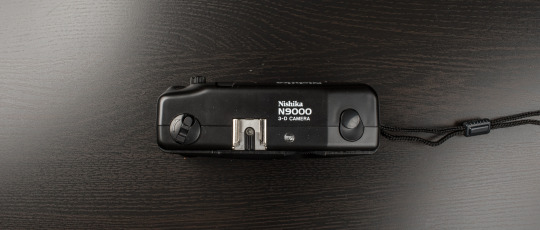
Comparing to the N8000
The main reason I went out on whim and got the N9000 instead of the N8000 is size and weight. As soon as I saw pictures of the N8000 in hand AND read that they put a large chunk of metal inside just to make it feel more expensive and reliable than it is I knew it wasn’t for me, as my photo bags are always packed and space is at a premium. The N8000 is a very, very large camera, I’d say roughly twice the size and weight of the N9000. But, at the same time the picture quality looked to be the same (identical lens) and features are largely identical. The N8000 is also the very definition of gimmicky, with the fake LCD screen on top showing recommended settings for exposure. The "meter" built into it is just there to remind you when to use flash. And with today's film exposure latitude the f/11 is totally redundant. That's a whole lotta strikes out against the N8000. The only feature that I miss from the N8000 is the wind lever instead of gear, the rest of the playing field belongs to the sleeker, more modern and compact N9000. The best camera is the one you have with you, remember?

In use
Load film. Wind to 1. Set aperture. Point. Shoot. That's it. When you get to the end, hit the rewind button and crank that knob. Live life and be happy. They have a rather complicated set of recommendations for ideal positioning of foreground/mid/background elements, but in use I found that they correlate pretty neatly into my shooting style anyway so I just base a shot on instinct and click away. Just frame the subject either medium shot (waist up) to long shot (full figure) and try to compose stuff into the foreground and background for perfect harmony. Even when the rules are totally broken I still notice a 3D effect (works better for objects closer rather than further). When it gets even a little big (very, very little bit) dark - use flash. Theoretically, any type of flash should work, but my Canon 600EX-RT wouldn't trigger because the firing pin is a fraction of an inch off. Go figure. Had to MacGuyver a workaround with a coiled hot shoe extension to make it click. Even then, the flash wouldn't fire every 3-4 frames, killing the shots. Also, some films with a softer base (looking at you, Fuji Superia) tend to be torn at the sprockets when advancing the frame, renderings the entire roll useless. Reason for that is that there is only one film advance cog in the top of the body and winding pressure is applied unfavorably to the top sprocket holes only. Be very, very gently, or bye-bye roll.
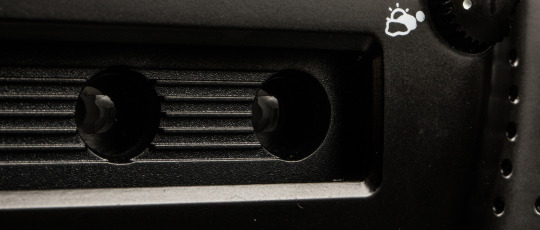
Image processing
After taking the shots, what's next? Everybody has different procedures from here on out but the general goal is to develop the film, get scans and then combine those scans into an animated GIF. If I'm shooting B&W, I develop in my trusty D-76 concoction and after drying, proceed to scan on the Epson V800. Negs are converted in ColorNeg and the final images assembled in Photoshop. Obviously, there are lots of other substeps involved in each respective step, but they are outside the scope of this review. A bit later I am planning to write about my experience with developing your own film, scanning film and using ColorNeg and Lightroom/Photoshop to get the most out of your film shots, but for right now PM me if you would like advice/tips/tricks. Last step is to export an animated GIF or an MP4 video if you're planning on uploading to Instagram. Sounds like a whole lot of steps, huh? No fear, after doing this a couple of times it becomes second nature and many processes can be automated with Actions in photoshop.
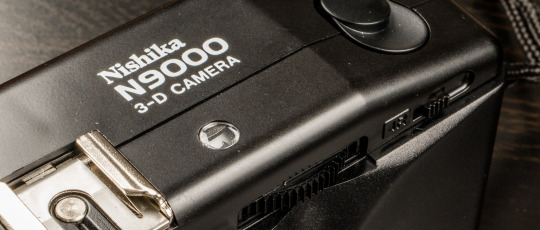
Conclussions
So why do it all? Funny thing, I almost filmed a mock camera review where I smash the camera into moon dust against a brick wall. That's how frustrating it sometimes gets with all these inconsistencies and deficiencies in build quality. Would I bring something like this to an even remotely professional shooting environment? Absolutely not. The only camera capable of pulling that off is the Nimslo. Forget anything with a Nishika badge on it. But, if you are looking for a novel (and cheap) way of taking pictures and impressing friends, family and followers, as well as having the technical chops necessary to use film and assemble the GIFs, it's hard to beat the Nishika. The resulting images are what make all of the hassles worth it. It's like I sometimes describe the allure of film in general to people. Film is grainy, soft, full of imperfections and lacks the punch and pizzazz of digital. But oddly enough, that's exactly the way most of our memories work. Warm, somewhat vague,fuzzy. The Nishika just takes it to a new level by introducing depth. It's like a good old memory, animated.
Sample pics
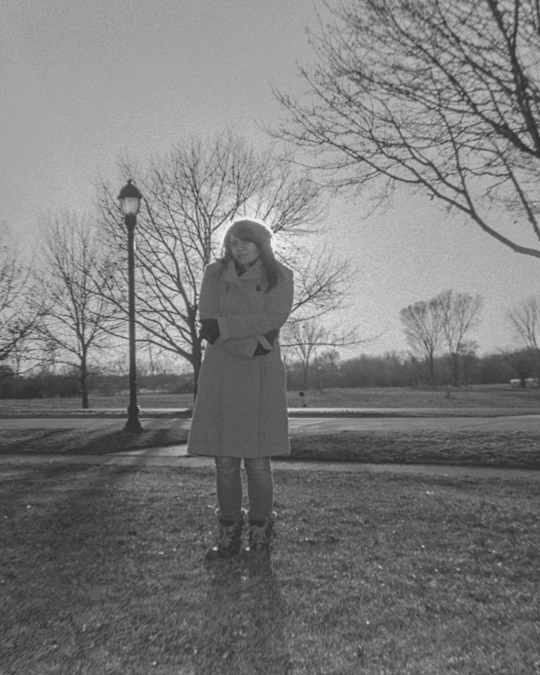
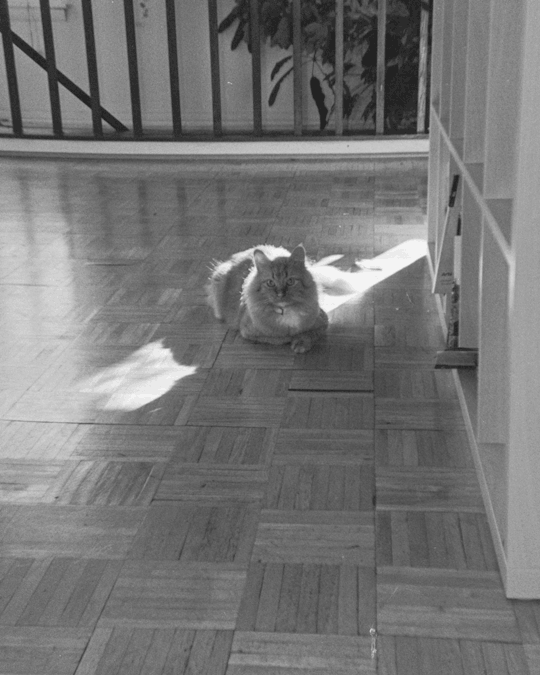
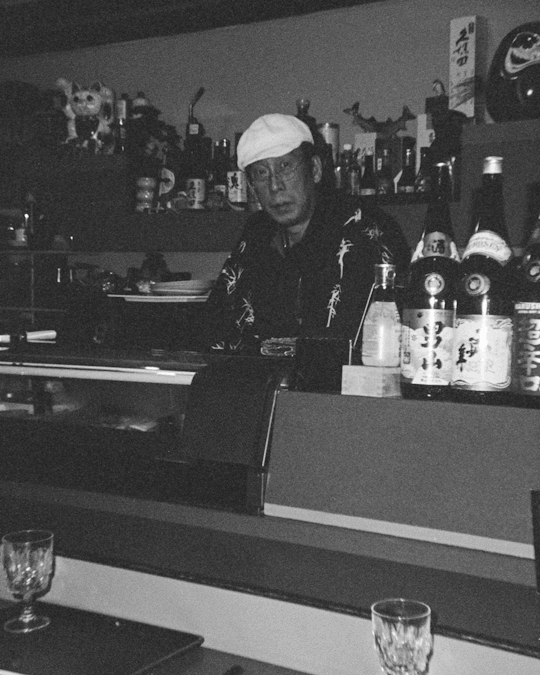
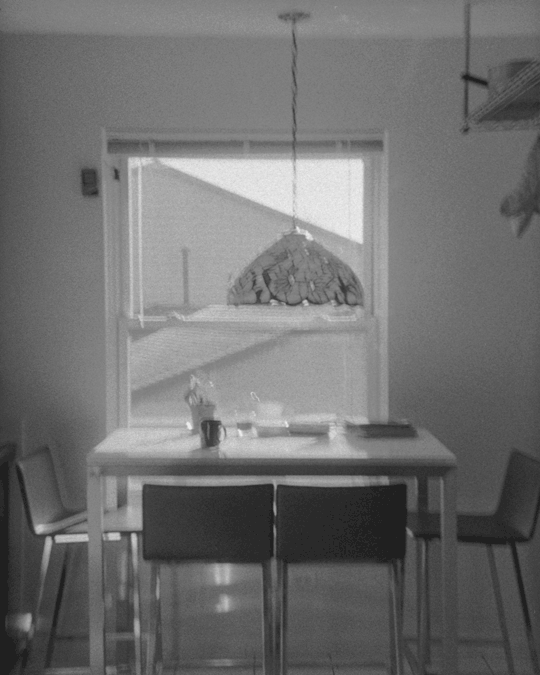
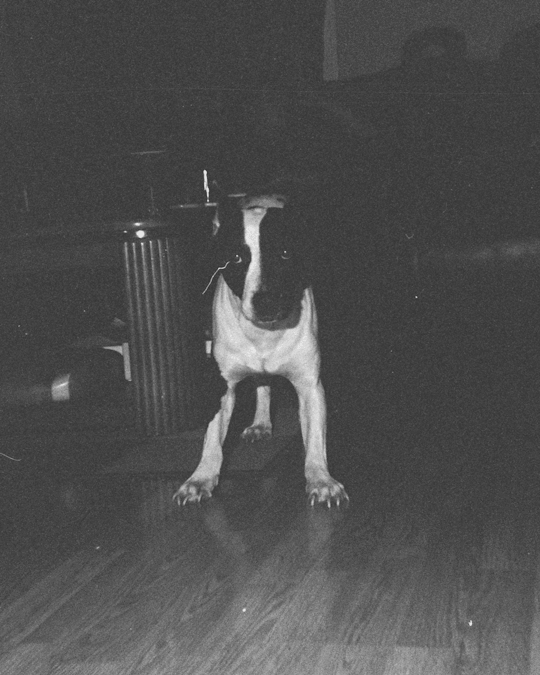
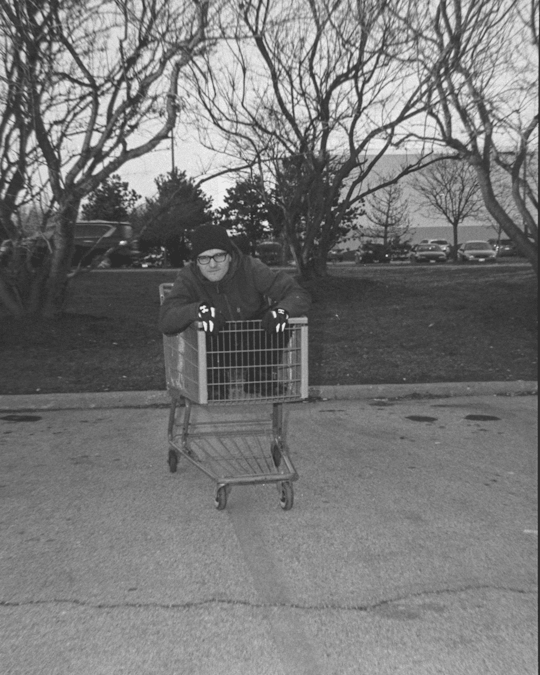
#nishika#film photography#n9000#n8000#camera review#analog#black and white#bw#gif#ilford#hp5 plus#film#35mm#half frame#3d photo#stereo photo#kodak#tri-x#animated memories
1 note
·
View note